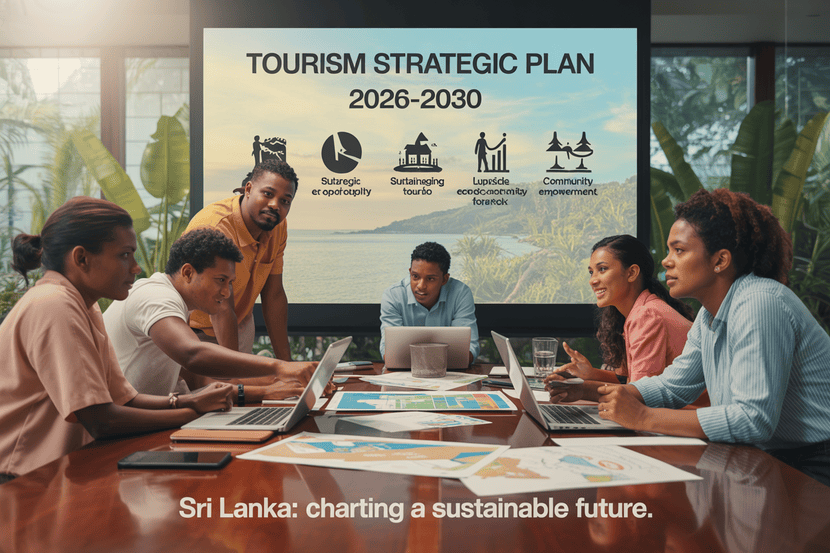≡-Unifying Global Air Travel And Tourism Safety Standards In Response To The 2025 Potomac River Mid-Air Collision, Here’s What You Need to Know Right Now – Viral of Today
<> Viral of Today <>
Home » TRAVEL NEWS UPDATES » Unifying Global Air Travel And Tourism Safety Standards In Response To The 2025 Potomac River Mid-Air Collision, Here’s What You Need to Know Right Now Monday, July 7, 2025In response to the crash into the Potomac River, governments, particularly the United States government, responded swiftly in tackling safety in airspace as well as increased travel security throughout the world. Such measures aren’t only taken in ensuring that similar disasters do not happen but also in prioritizing safety in securing tourism and air traveling.FAA Actions to Restrict Helicopter FlightsThe United States Federal Aviation Administration (FAA) wasted no time in imposing helicopter route bans in the vicinity of congested airfields, including Washington National Airport. They were implemented solely as means to reduce overlap in air traffic and keep civilian and military traffic away from the same area of airspace. By cutting down the possibility of collisions, the FAA is doing some critical work in establishing and maintaining public confidence in the safety of flying—a cornerstone of the global tourism industry.Implementation of Segregated Air TrafficFollowing the incident, the FAA made long-term air traffic control adjustments, which involved the separation of airspace for both the civilian and the military planes. This serves to reduce conflicts between the two categories of operations and hence makes it safer when tourists take airplanes. This move shows continued efforts towards ensuring it is safe in the skies, thus emphasizing air safety all over the United States and the globe.Development of Alternative Routes for HelicoptersIn attempts to maintain helicopter services and reduce risk for additional planes, the FAA has been upgrading alternative routes that will offer safe distances between commercial airplanes and helicopters. This step shows the government’s attempts towards making sure traveling and tourism are encouraged without any safety compromise, therefore creating a safer haven for foreign and domestic guests.Broader Global Efforts to Ensure Safe Air Travel and Support TourismThe 2025 crash into the Potomac River has also prompted foreign governments to examine their own practices in regulating airspace. Safety for travellers and tourists all over the world now takes centre stage as an issue of relevance in nations with busy airspaces. Since tourism drives the economy in most nations, safety in aviation itself takes centre stage as a way ensuring continued global movement of tourists.Strengthened International Regulations for Air Traffic ControlThe world’s states are recalibrating their air traffic control regulations, with specific attention directed towards improving communication and surveillance systems in congested airspaces. This incident has encouraged regulatory bodies to harmonize airspace safety regulations across borders so that there can be uniform safety coverage for people traveling across the globe. Such improvements will instill greater confidence in flight, and this will play a significant role in the continued growth in global tourism.Technological Advancements in Air Traffic ManagementNext-generation air traffic control technologies are also being invested in by governments in the guise of greater safety. Induction of new radar installations, automated systems for collision avoidance, and real-time communication systems will offer improved air traffic control in busy airspace corridors. The technologies will increase safety as well as facilitate smooth running of cross-border flights, which matter for the tourism sector.Increased Collaboration Between Civil and Military Airspace ManagementThis episode has brought into sharp relief the importance of greater coordination between civilian and military air traffic. Governments are now communicating better with one another in establishing mutually operating procedures that enhance communication as well as coordination between the civilian and military corridors of flight. By doing this, they are promoting safety in having both commercial and military flights coexist and fostering a favorable environment for tourists traveling in the air.Impact on Global Tourism: A Strong Commitment to SafetyThis crash and the subsequent government response represent a concerted global action by all towards safer, more efficient, and reliable air travel for tourists and travelers all over the world. Through the laying down of strict airspace regulations, establishing alternative routes for flights, and upgrading communication systems, governments are making all efforts towards continued public confidence in air travel.Building Confidence for International TravelersFor the tourism sector, safety assurance in flight transit is paramount. Tourists’ confidence regarding the safety aspect in flights is paramount in ensuring continued intercontinental and cross-border travel and tourism. Quick response measures taken by the U.S. and other governments in response to airspace administration matters, in conjunction with implementing additional safety measures, are paramount in restoring and cementing this confidence.Ensuring Seamless Travel for TouristsThe improvements in airspace administration, which aim at mitigating risks, enable tourists safely to go and return from beloved locations all across the world. By prioritizing safety measures, states are not only protecting the locals but also aiding the healthy global tourism industry, which is important for travel- and tourism-based economies.Conclusion: A Global Commitment to Safe Air Travel for AllThe tragic events throughout the Potomac River have forced governments throughout the world to re-evaluate and enhance air traffic security procedures. Such efforts prove the importance placed on ensuring the safety of air travel for all passengers on board, particularly tourists depending on air transport means for their overseas traveling efforts. Through the strengthening of air traffic systems, enhancement of communication, and effective intertwining between civilian and military efforts in providing safety, governments are extremely responsive in tackling future disasters and creating a safer environment for tourism. This response to disasters by the world aviation society attests to its commitment in ensuring ongoing safety in traveling, thus leaving the skiesopen for global leisure and business trips.«Enjoyed this post? Never miss out on future posts by following us»
This information will surprise you!
See also
- Read until the end to discover everything.
- Important information you need to know.
- Interesting facts and helpful tips.
Conclusion
Did you enjoy the news? Keep following us daily!













